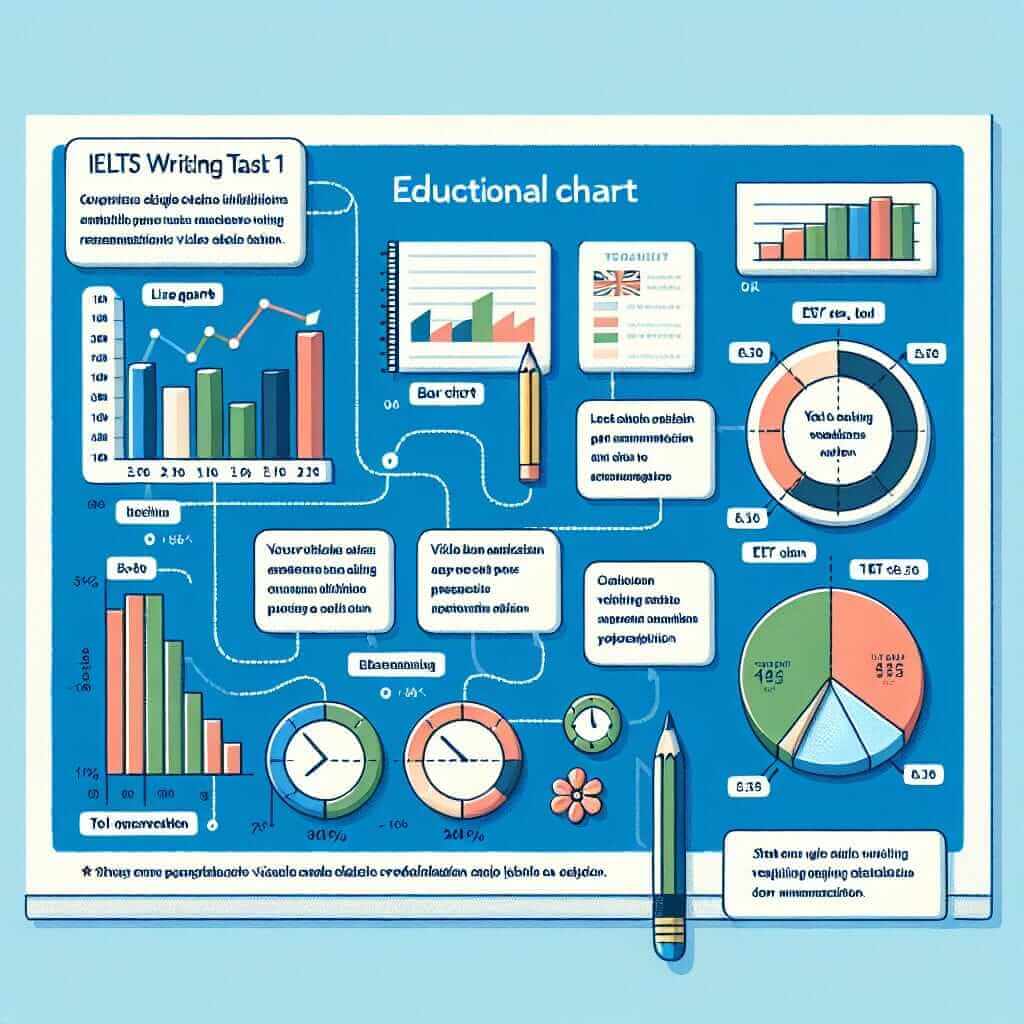As an IELTS instructor with over two decades of experience, I understand the nuances of this exam, particularly the Writing section. One area students often find tricky is using the preposition “with” effectively in Task 1. This article will guide you on how to utilize “with” accurately and strategically in your writing, boosting your band score.
Understanding the Role of “With” in IELTS Writing Task 1
“With” is a versatile preposition, but in the context of IELTS Writing Task 1, it primarily serves to present information clearly and concisely. It helps you combine related data points, highlight key features, and present comparisons effectively.
How to Use “With” in IELTS Writing Task 1
Here are the most common ways to incorporate “with” into your writing:
1. Describing Data Points with “With”
Use “with” to combine related pieces of information within a sentence, making your writing more fluid.
-
Example 1:
- Without “with”: The UK consumed 10 million tonnes of potatoes. They also consumed 8 million tonnes of rice.
- With “with”: The UK consumed 10 million tonnes of potatoes, with rice consumption reaching 8 million tonnes.
-
Example 2:
- Without “with”: The unemployment rate in 2010 was 8%. The unemployment rate in 2020 was 5%.
- With “with”: The unemployment rate fell from 8% in 2010 to 5% in 2020, with a noticeable decrease observed over the decade.
2. Highlighting Key Features with “With”
“With” can be used to draw attention to specific data points that are significant within the overall trend.
- Example: In 2022, the sales of electric cars surged, with Tesla leading the market share at 25%.
3. Expressing Comparisons with “With”
“With” helps create clear and concise comparisons between different data sets.
- Example: The city of Paris had the highest tourist arrivals at 17 million, with Rome closely following at 15 million.

Examples from Real IELTS Writing Task 1 Questions
Let’s look at how “with” can be integrated into responses for different types of Task 1 questions:
Line Graph: The line graph shows the average monthly temperatures in London and Paris.
- Possible sentence: London experienced milder winters compared to Paris, with average temperatures hovering around 5 degrees Celsius.
Bar Chart: The bar chart illustrates the preferred modes of transportation for commuting in four different cities.
- Possible sentence: In Tokyo, public transportation was the dominant mode of commuting, with over 70% of the population utilizing trains and buses.
Pie Chart: The pie chart depicts the global market share of smartphones in 2023.
- Possible sentence: Android maintained its position as the leading operating system, with a commanding market share of 65%.
Tips for Effective Use of “With”
- Avoid Overuse: While useful, don’t overuse “with.” Vary your language and sentence structures to keep your writing engaging.
- Ensure Clarity: Use “with” in a way that clarifies the relationship between data points. The meaning should be instantly understandable to the reader.
- Practice Makes Perfect: The more you practice integrating “with” into your writing, the more natural and accurate your usage will become.
Conclusion
Mastering the use of “with” in your IELTS Writing Task 1 responses can significantly enhance the clarity and sophistication of your writing. Remember to use it strategically, focusing on combining information, highlighting key data, and making concise comparisons. With practice and attention to detail, you can confidently use “with” to improve your IELTS writing score.